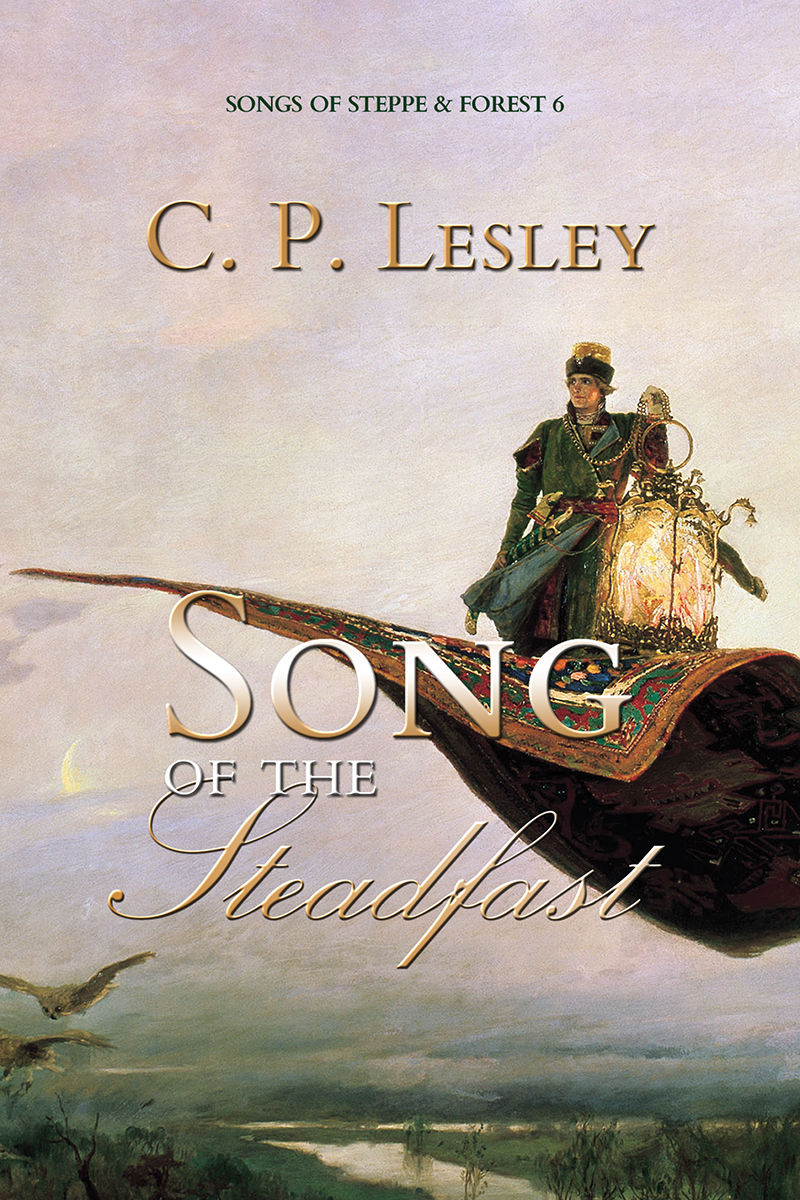Writing the First Revision
- cplesley
- Aug 22
- 2 min read

I’ve had so many interviews lined up with other authors—and so many good books to read for those interviews—that posts about my own writing have gone south this past year. The writing itself, however, has proceeded apace. I finished Song of the Steadfast, which came out in early June. The book teaser campaign for that is still running, so if you haven’t tuned in yet, please do follow me on Facebook and Instagram. (I swear, I tried TikTok for several months, but it’s just not my skill set.) But I also now have a complete rough draft of Song of the Silk Weaver (book 7 in the series) and am working on my favorite stage of any novel-writing project, the first revision.
Now, I may be alone, or at least in a small group of writers who share this particular preference—or not, since I don’t really know much about the writing process of others beyond my own small circle. But the reason I love the first revision stage is an outgrowth of the way I find a story. One of my earliest blog posts was about plotters vs. pantsers (as in people who write by the seat of their pants, without a detailed outline). Although I do a considerable amount of planning in terms of place, main characters, historical background, goals and motivations and conflict, I do not plan my stories in any great detail. Sometimes, as with Silk Weaver, I don’t completely know how they will pan out. More often, I know where the characters need to end up but not how they will get there. The first rough draft is where I find out.

So the fun of that rough draft is the thrill of discovery: who are these people, what do they really want, how will they interact? But there’s also a certain angst. Do I have a story? Will it make sense? How will it make sense?
And that’s the beauty of the first revision. At this point, I know I do have a story. At least one major character has thoroughly pulled the mat out from under the original plot, and I’m now trying to figure out how that affects the three books to come, but I’m happy to have that problem to solve. Still, because of that character’s behavior, I now get to go back and figure how that affects everything that came before. Not so much anxiety, but still the thrill of discovery. And the going back is much easier, too, when there’s already material on the page to work with. Instead of needing a free month when I can lose myself in these long-ago and mostly imaginary inventions, I can tackle a chapter or two at a time whenever I have a few hours to spare. I’m already approaching the halfway point, and once I get to the end (again), I can share the results with my writers’ group a couple of chapters at a time and revise again.
But first I have to resolve those major reversals. Stay tuned for updates as I figure out what Kiraz, Marco, and Vera are trying to tell me and then how to get it on the page.



Comments